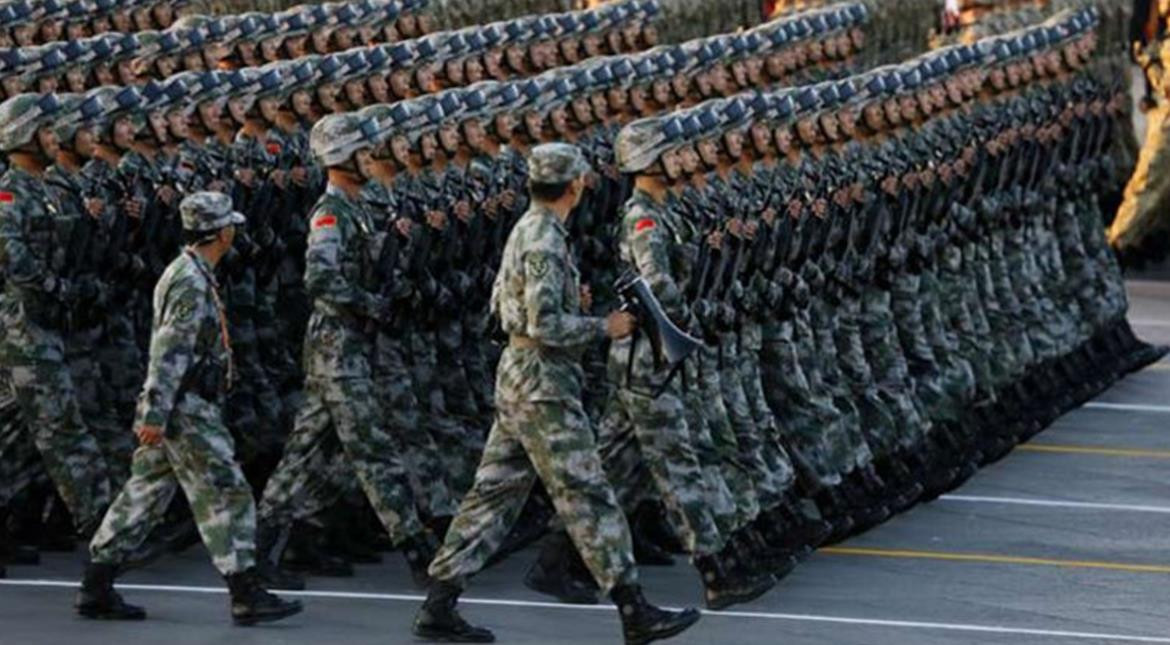New Delhi, India (VIAnews) – Border disputes between India and China, somehow, has always been tripartite. Most of the post-independence disputes can be traced back to the diplomacy of ‘great game’ and cartographic chessboard strategies between Great Britain and Russia, with China dictating trade agreements through Tibet and the Empire, much to the former’s fury.
With the defeat at Japanese hand, Russia slowly moved into the background, and the Anglo-Russian Treaty of 1907 acknowledged Chinese mediatory as the sole track between both for any engagement in Tibet.
After the fall of Qing dynasty, with intention of keeping Tibet as a buffer state, British invited China and Tibet for settling borders with British India in the 1914’s controversial Simla Conference. The conference recognized the McMahon line, the red line India holds to and China denies and it was later asserted with British presence after World War II. The messy history is a convoluted nightmare on its own and it eventually led to a brief war during 1962, which in itself did very little to solve existing discrepancies.
And now again, the status quo is disturbed by another tripartite boundary dispute between India, Bhutan, and China, which recently lead to the first major military confrontation in the Himalayas after the Sino-Indian war. This two and a half month long standoff between two of the world’s largest and most populous economies, came to an end just a week before this year’s BRIC summit, closing in the fears of nuclear war. But recent reports suggest a change in agreed status quo with China deploying troops again in Doklam plateau.
How Bhutan, the country that gave the world the happiness index, got caught “between the Scylla and Charybdis” of China and India might be a little unconventional to understand, given the nature of conflicts. The recent stalemate hasn’t been a dispute between New Delhi and Beijing per se, but rather between Bhutan and China. The standoff began on June 16 after the Indian side stopped the construction of a road by the Chinese Army in Doklam.
The contested region is a tri-boundary between India, China, and Bhutan, where India-China borders are properly demarcated and Bhutan-China border isn’t. By Friendship treaty of 1949 and its revision by 2007, India has been a significant partner in Bhutan’s foreign policy and national security. China and Bhutan have no formal relations between each other and Indian intervention for Bhutanese territorial security are well within the International laws. This was indirectly iterated by Bhutanese government post the standoff, with Prime Minister Tshering Tobgay backing India’s bid for permanent seat in UN Security Council. On August 28, India’s External Affairs Ministry announced that both sides have decided on “expeditious disengagement” of their border troops from the disputed area.
After the Doklam episode, the People’s Liberation Army (PLA) has been stationing their soldiers near the disengaged line; India has been on alert from her side as well. A dedicated Defence Minister, Nirmala Sitaraman, was appointed and the conclave of Army commanders had been called to discuss the military preparedness along eastern borders. China’s subterfuge of indirect engagement in Doklam is a constant vexation to India since PLA administration in the area will put India’s only connection to the North Eastern states, Siliguri corridor, vulnerable.
According to former Northern Army Commander H.S. Panag, “The Doklam plateau gives the PLA the advantage of outflanking the Indian army’s defences in Sikkim where we have a major terrain advantage. The implications are strategic. We not only lose our major advantage of a strategic offensive/counter-offensive from Sikkim but also give the PLA a launchpad for an offensive through the Rangpo river valley towards Kalimpong without violating the neutrality of Bhutan.” With the expanding nature of Chinese hegemony in Africa, the South China Sea and the ambitious OBOR (One Belt One Road) and their inconsistency in diplomacy, India and Bhutan have all the more reasons to stay alert.
The tri-junction saw readjustments from Indian side with forwarding deployment of T-72 tanks and BrahMos missiles. Officials in Ministry of Defence are considering the passive aggression as a nationalistic ploy by PLA for the upcoming Chinese Communist Party Congress. Whatever the case is, the Himalayas in winter would be really harsh to sustain any confrontations, or so the world may hope for.







